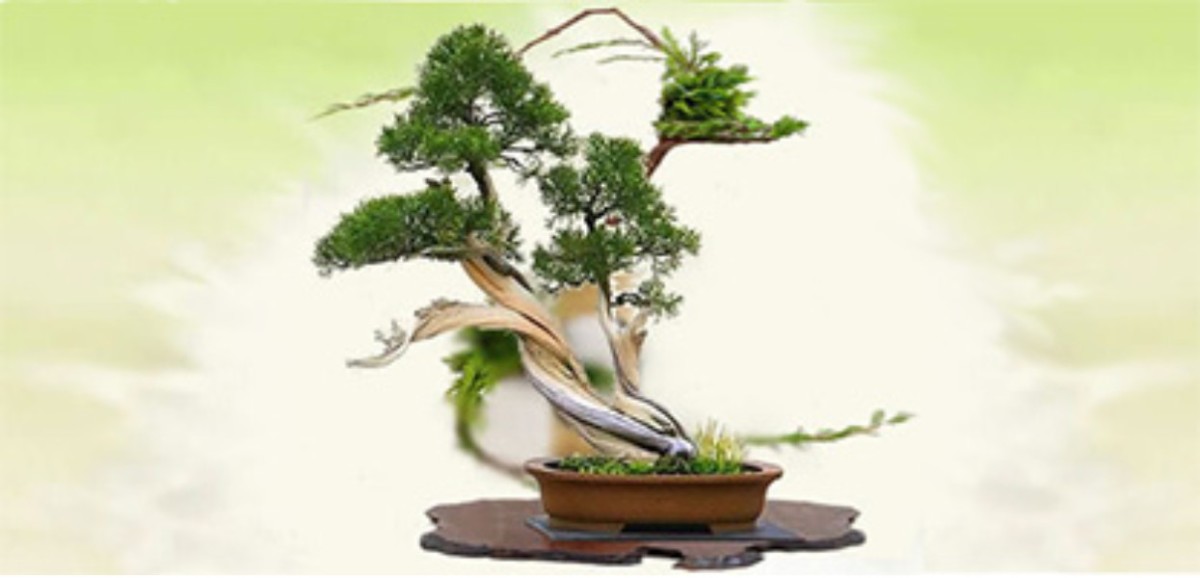Family: Orchidaceae
Synonymous: Aerides cristata
Aerides cristatum
Luisia striata
Trudelia cristata
Vanda striata
Distribution and habitat: Vanda cristata is a medium sized, monopodial(it grows from a single, upright stem) epiphytic species native to altitudes between 1200-2300m (4000-7500 feet) in the Himalayas (Garhwal to Bhutan), Tibet and Assam (Khasia) humid forests. These plants grow on moss covered trees in an area with bright light and a distinct dry season in the winter.
Description: Unlike most of the other epiphytic orchids, Vanda cristata have a single stem up to 60cm (24 inch) tall rising from a tuft of roots and do not have pseudobulbs. Thick, fleshy aerial roots are often produced on the stem and these may hang down the outside of the container in which the indoor Vanda cristata are planted.
The pale green leathery leaves which are strap shaped, grow all along the stem. The stem carry nearly opposite, arching, deeply channeled leaves 13-18cm (5-7 inch) long and 1-2cm (0.4-0.8 inch) wide, with slightly toothed, bunt tips. Flower stalks 10-15cm (4-6 inch) long appearing from the leaf axils in spring and summer bear up to seven waxy flowers about 5cm (2 inch) across. These flowers stalks can appear from between every third leaf or so. Each stalk produces several fragrant flowers which last for several weeks up to two months. Sepals and petals are yellowish green to creamy yellow. The short, oblong green-and-yellow lip has deep purple red lines near the base and is three-lobed.
Houseplant care: Vanda cristata may bloom 2 or 3 times a year, as long as their needs are met. They can bloom any time of the year, with the heaviest flowering in spring and summer. Bright light and cool nights will spark blooming.
Vanda cristata is challenging to grow and flower.
Light: Give Vanda cristata bright filtered light at all times. It needs ample light year-round to make it grow and bloom. Supplement the daylight with artificial illumination in winter if possible. Place orchids about 20cm (8 inch) beneath the light for 14-16 hours a day, allowing several hours of darkness at night.
Temperature: Normal room temperatures are ideal throughout the year, 21-29C (70-85F). A night temperature about 10C (18F) lower than the daytime level is desirable to trigger flower buds, however.
To ensure adequate humidity (50-80% relative humidity) it is a good idea to stand pots on trays of moist pebbles and mist-spray the plants daily. High humidity and good air circulation are essential. Vanda cristata likes free-flowing air as in its native tree-dwelling habitat. Place it where it will get plenty of air circulation. Fans are fine, but keep these orchid away from heat or air conditioning vents.
Watering: Water plentifully at all times, never allowing the potting mixture to dry out. Do not let pots stand in water, however.
Feeding: Apply standard liquid fertiliser at half strength to these orchids with every other watering. Apply the fertiliser all year round.
Potting and repotting: Use any of the recommended mixture for epiphytic orchids. Such a potting mixture can be made from two parts of osmunda fibre or shredded bark to one part of sphagnum moss to which can be added a light sprinkling of course bonemeal for its long term nutritive value. If the potting mixture includes fibrous material, use only big chunks of fibre. This is necessary for good drainage as are plenty of clay-pot fragments and pieces of charcoal in the mixture. Vanda cristata are best grown in pots with a length of tree fern stem or strait tree branch set into the mixture to provide a support for aerial roots. Place the plant in the middle of the container and make sure that the base of the stem is not buried in the mixture. Move Vanda cristata into slightly larger pots every spring. This orchid prefer clay pots to plastic because clay breathes, allowing air to get to the orchid's roots. When maximum pot size has been reached, cut up these plants for propagation.
Propagation: The purpose of propagating Vanda cristata is mainly to reduce the size of an overlarge specimen. To do this, cut the stem at any desirable point above which there are plenty of aerial roots. Soak the cutting for two hours to make the aerial roots pliable before planting in a small pot of standard potting mixture. Place the cut base of the stem about 5cm (2 inch) deep in the mixture and try to bury some of the aerial roots as well. If any such root breaks, cut it cleanly above the break and insert the cut end in the mixture. Support the cutting by staking it.
During the first six weeks water only sparingly (allowing the potting mixture to dry out almost completely between waterings) and do not feed.
Problems: Problems with Vanda cristata orchids are usually related to insufficient light and humidity or improper watering.
Limp or yellow leaves are often a symptom of overwatering. Remember Vanda cristata is epiphytic nature: its roots are bathed in humidity and washed with rainwater, hanging in the open air. Aim to keep roots moist at all times, but not soggy which leads to root rot.
Brown spots on foliage can be scorch marks from direct sunlight or, more likely, leaf spot disease.
Uses:Vanda cristata it is ideal species for growing indoors. It is best grown in a wood slat basket. The shelf life of cut flowers of Vanda cristata last for 15-60 days.
Vanda cristata orchids have been widely hybridised often with orchids of different genera.
SUMMARY:
CHARACTERISTICS:
Foliage green
Features flowers, fragrance
Shape upright
Height: 60cm (24 inch)
PROPER CARE:
Watering in active growth period plentifully
Light bright filtered
Temperature in active growth period min 16C max 24C (61-75F)
Humidity high
Hardiness zone: 10b - 11






